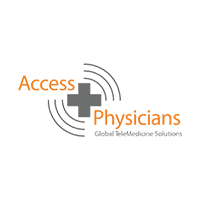One of the main pain points in the healthcare industry is managing to provide good quality care while keeping costs at a reasonable level. Patients are complaining that it’s difficult for them to communicate with their healthcare providers and even the simplest task, of scheduling an appointment, is difficult to complete on average, it takes patients 6x longer than it takes them to make a restaurant reservation and 3.5x longer than it takes them to buy something online. (See here).
With Salesforce Service Cloud, it is possible to enable and enhance Patient Engagement, by offering a patient portal and access to mobile apps, for tracking progress, making appointments, and communicating with the healthcare provider.



